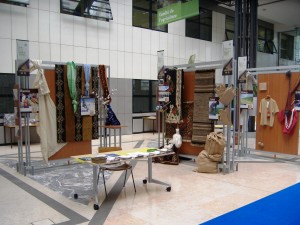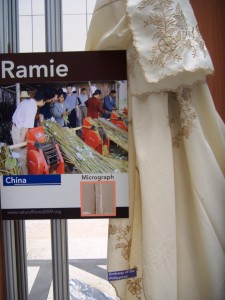I was going to write about some recent papers on the domestication of cattle myself, but things got a bit hectic and I didn’t find time. I did, however, find Razib’s post at Gene Expression, and I commend it to you. Of course there’s a lot in there about the genes for milk production, and some worrying nonsense about using genome information to breed better cattle or, to put it another way “accelerating livestock genetic improvement for milk and meat production”. Breeders making use of super-sires and super-ovulating cows have already done a pretty good job of reducing the diversity of extant cattle, and I for one am not convinced by the need for ever more efficient use-once-then-dispose-of milk machines. But I haven’t read the papers, so I can’t comment further. I am intrigued, however, by this statement, quoted by Razib:
Domestication and artificial selection appear to have left detectable signatures of selection within the cattle genome, yet the current levels of diversity within breeds are at least as great as exists within humans.
If we’re not suffering from having passed through genetic narrows, maybe cattle aren’t either. Maybe they’re just suffering.

